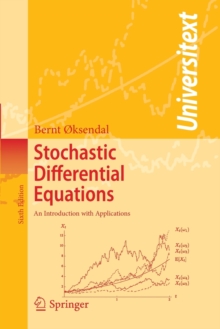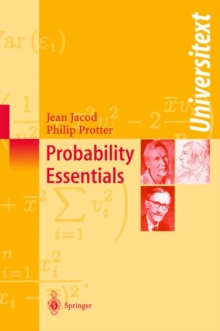
Description
This first text on the subject provides a comprehensive introduction to the representation theory of finite monoids. Carefully worked examples and exercises provide the bells and whistles for graduate accessibility, bringing a broad range of advanced readers to the forefront of research in the area. Highlights of the text include applications to probability theory, symbolic dynamics, and automata theory. Comfort with module theory, a familiarity with ordinary group representation theory, and the basics of Wedderburn theory, are prerequisites for advanced graduate level study. Researchers in algebra, algebraic combinatorics, automata theory, and probability theory, will find this text enriching with its thorough presentation of applications of the theory to these fields.
Prior knowledge of semigroup theory is not expected for the diverse readership that may benefit from this exposition. The approach taken in this book is highly module-theoretic and follows the modernflavor of the theory of finite dimensional algebras. The content is divided into 7 parts. Part I consists of 3 preliminary chapters with no prior knowledge beyond group theory assumed. Part II forms the core of the material giving a modern module-theoretic treatment of the Clifford -Munn-Ponizovskii theory of irreducible representations. Part III concerns character theory and the character table of a monoid. Part IV is devoted to the representation theory of inverse monoids and categories and Part V presents the theory of the Rhodes radical with applications to triangularizability. Part VI features 3 chapters devoted to applications to diverse areas of mathematics and forms a high point of the text. The last part, Part VII, is concerned with advanced topics. There are also 3 appendices reviewing finite dimensional algebras, group representation theory, and Mobius inversion.Information
-
Download - Immediately Available
- Format:PDF
- Publisher:Springer International Publishing
- Publication Date:09/12/2016
- Category:
- ISBN:9783319439327
Other Formats
- Paperback / softback from £49.75
Information
-
Download - Immediately Available
- Format:PDF
- Publisher:Springer International Publishing
- Publication Date:09/12/2016
- Category:
- ISBN:9783319439327










